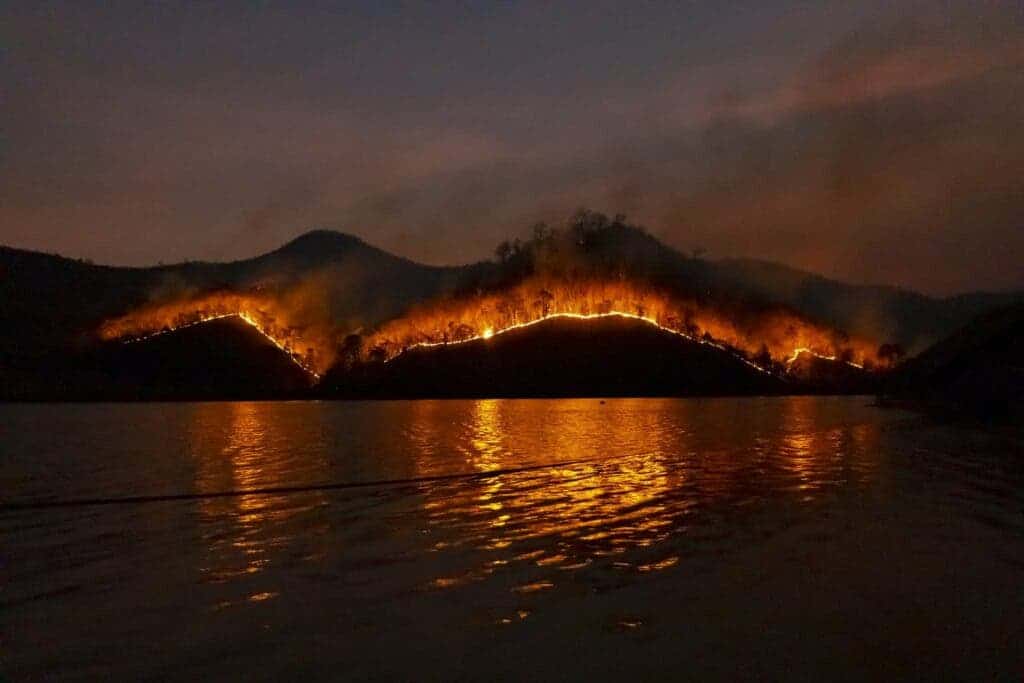‘Ice’ is not the first thing that pops into your mind when thinking of wildfires, is it? And yet, new research is pointing to a link between such fires and the teeny tiny bits of ice that form clouds.

A new study is looking at the link between wildfires and ice-containing clouds like cumulonimbus or cirrus, the main drivers of continental precipitation. According to the findings, these clouds require microparticles to start forming — which a wildfire can supply in great quantities.
Ashes to rain
Cloud formation is a complex phenomenon, one that can shift quite significantly depending on conditions such as temperature or atmospheric dynamics. The clouds you’re used to seeing, for example, start their lives around very tiny particles, known as ice-nucleating particles (INPs). These can be anything from bacteria to minerals, just as long as they’re very tiny.
And that’s why the team was interested in studying how wildfires could influence the genesis of such clouds: wildfires can generate tons and tons of small particles. Because of this, they argue that wildfires could have a very important role to play in the dynamics of clouds, at least on a local level.
In order to find out, one study analyzed the plumes of the 2018 wildfires in California (western US) from samples taken at high altitudes, where the particles it contains might directly affect cloud formation. In very broad lines, this study found that INP quantities can become up to 2 orders of magnitude higher in a wildfire smoke plume compared to normal air. However, this didn’t account for the types of particles involved. Fires can produce a wide range of particles depending on the fuel they’re burning, their location, the specific conditions this burn is taking place in, and its temperature. One useful bit of information we can glean from this study is that the INPs were dominated by organic materials.
Spherical tar balls accounted for almost 25% of INPs in certain conditions, although this seems to vary widely with the type of fuel and the type of fire involved — understanding how they factor in is still “an open question,” according to the researchers.
Wildfires are predicted to become much more common in the future due to climate change, the team explains, so understanding how they can influence clouds (and thus, precipitation patterns) will do us a lot of good in the future. So far, the papers showcase that they can lead to very high levels of INPs accumulating in the troposphere, which could in turn influence how clouds and rain behave.
At this time, however, we need more modeling and sampling studies to understand these mechanisms in detail, and how they influence the world around us.
The paper “Observations of Ice Nucleating Particles in the Free Troposphere From Western US Wildfires” has been published in the journal Journal of Geophysical Research: Atmospheres.


